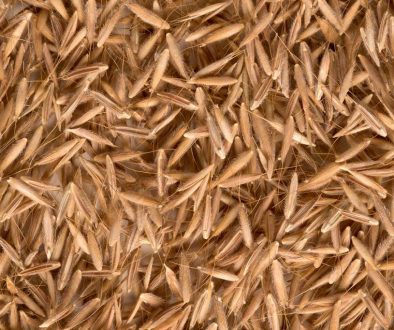Arabidopsis male sexual lineage exhibits more robust maintenance of CG methylation than somatic tissues

, , , , , , , and
Abstract
Cytosine DNA methylation regulates the expression of eukaryotic genes and transposons. Methylation is copied by methyltransferases after DNA replication, which results in faithful transmission of methylation patterns during cell division and, at least in flowering plants, across generations. Transgenerational inheritance is mediated by a small group of cells that includes gametes and their progenitors. However, methylation is usually analyzed in somatic tissues that do not contribute to the next generation, and the mechanisms of transgenerational inheritance are inferred from such studies. To gain a better understanding of how DNA methylation is inherited, we analyzed purified Arabidopsis thaliana sperm and vegetative cells—the cell types that comprise pollen—with mutations in the DRM, CMT2, and CMT3 methyltransferases. We find that DNA methylation dependency on these enzymes is similar in sperm, vegetative cells, and somatic tissues, although DRM activity extends into heterochromatin in vegetative cells, likely reflecting transcription of heterochromatic transposons in this cell type. We also show that lack of histone H1, which elevates heterochromatic DNA methylation in somatic tissues, does not have this effect in pollen. Instead, levels of CG methylation in wild-type sperm and vegetative cells, as well as in wild-type microspores from which both pollen cell types originate, are substantially higher than in wild-type somatic tissues and similar to those of H1-depleted roots. Our results demonstrate that the mechanisms of methylation maintenance are similar between pollen and somatic cells, but the efficiency of CG methylation is higher in pollen, allowing methylation patterns to be accurately inherited across generations.
[themify_button text=”#00a9a2″ style=”squared” color=”” link=”https://www.ncbi.nlm.nih.gov/pubmed/29409859“]Read Full Article[/themify_button]

